Structures of Thought
October 25 — December 8, 2018
Structura Gallery, Sofia
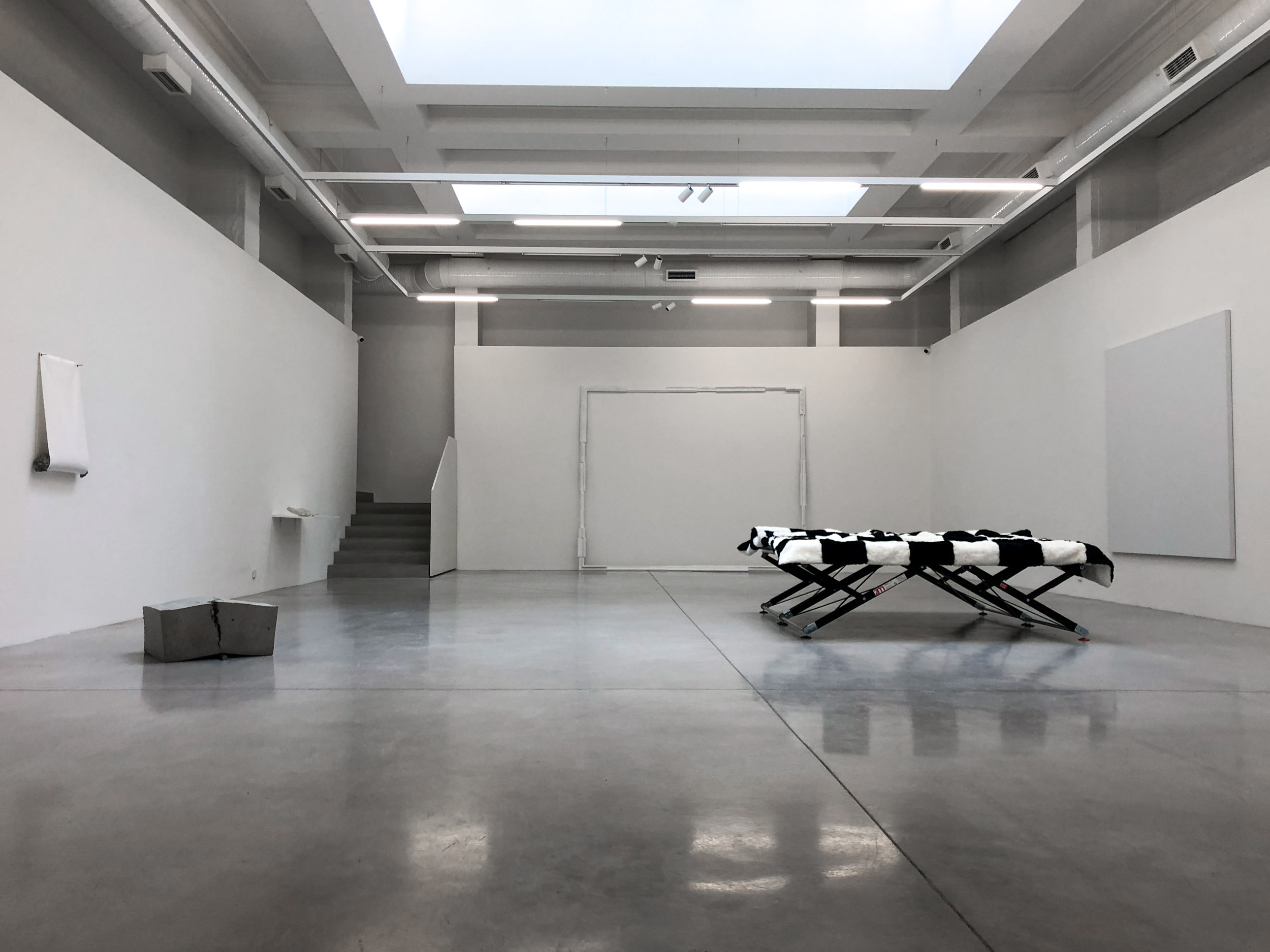
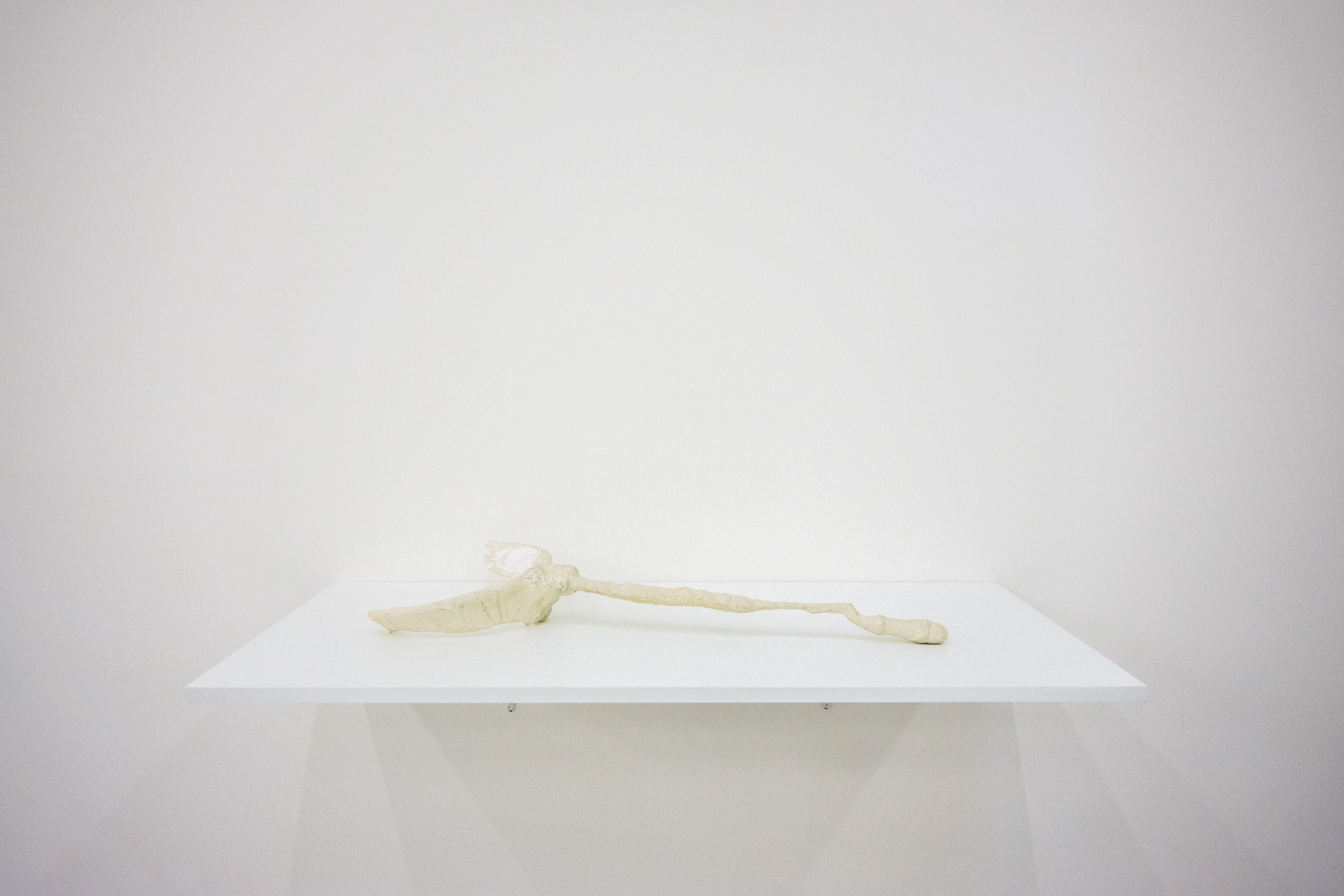
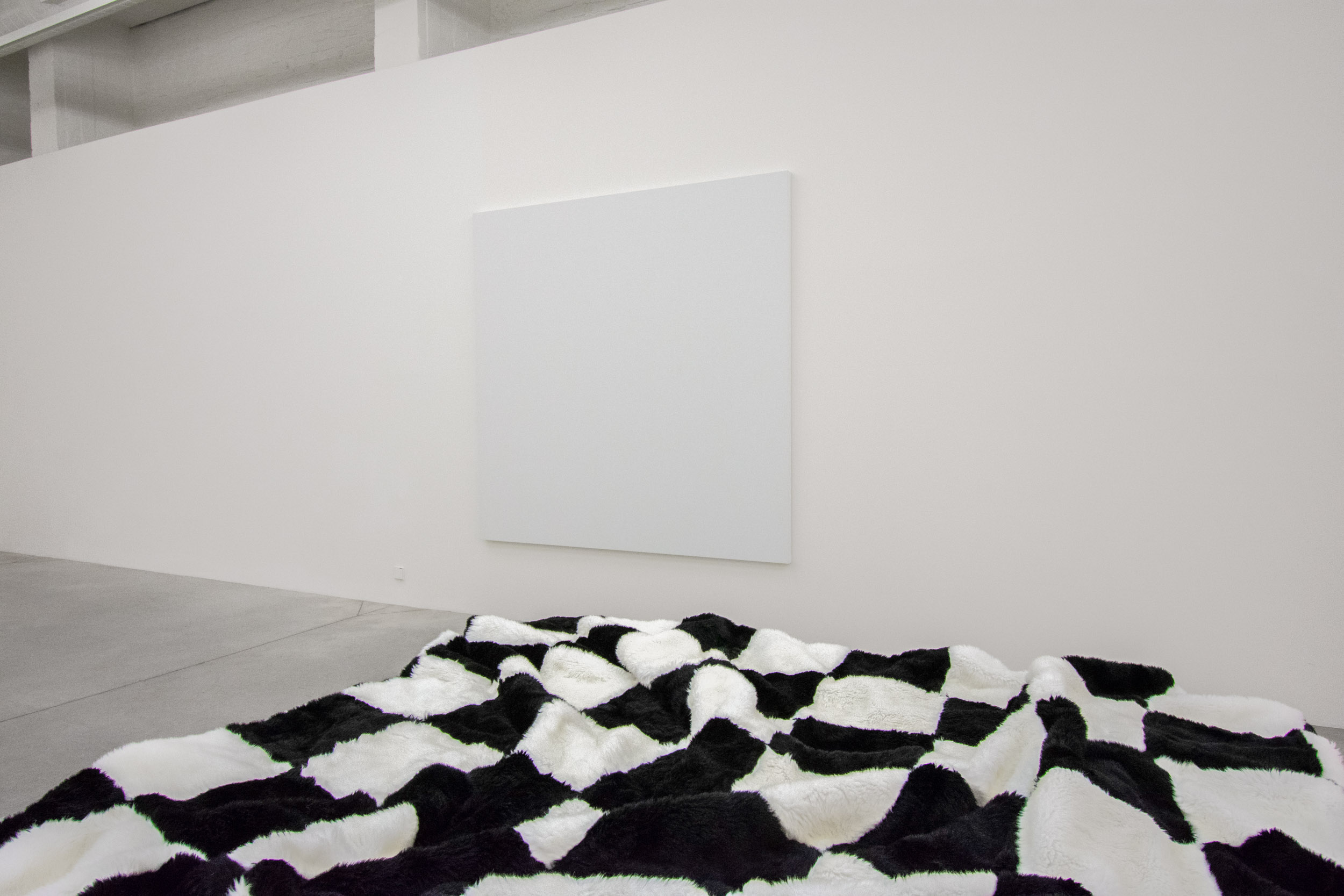
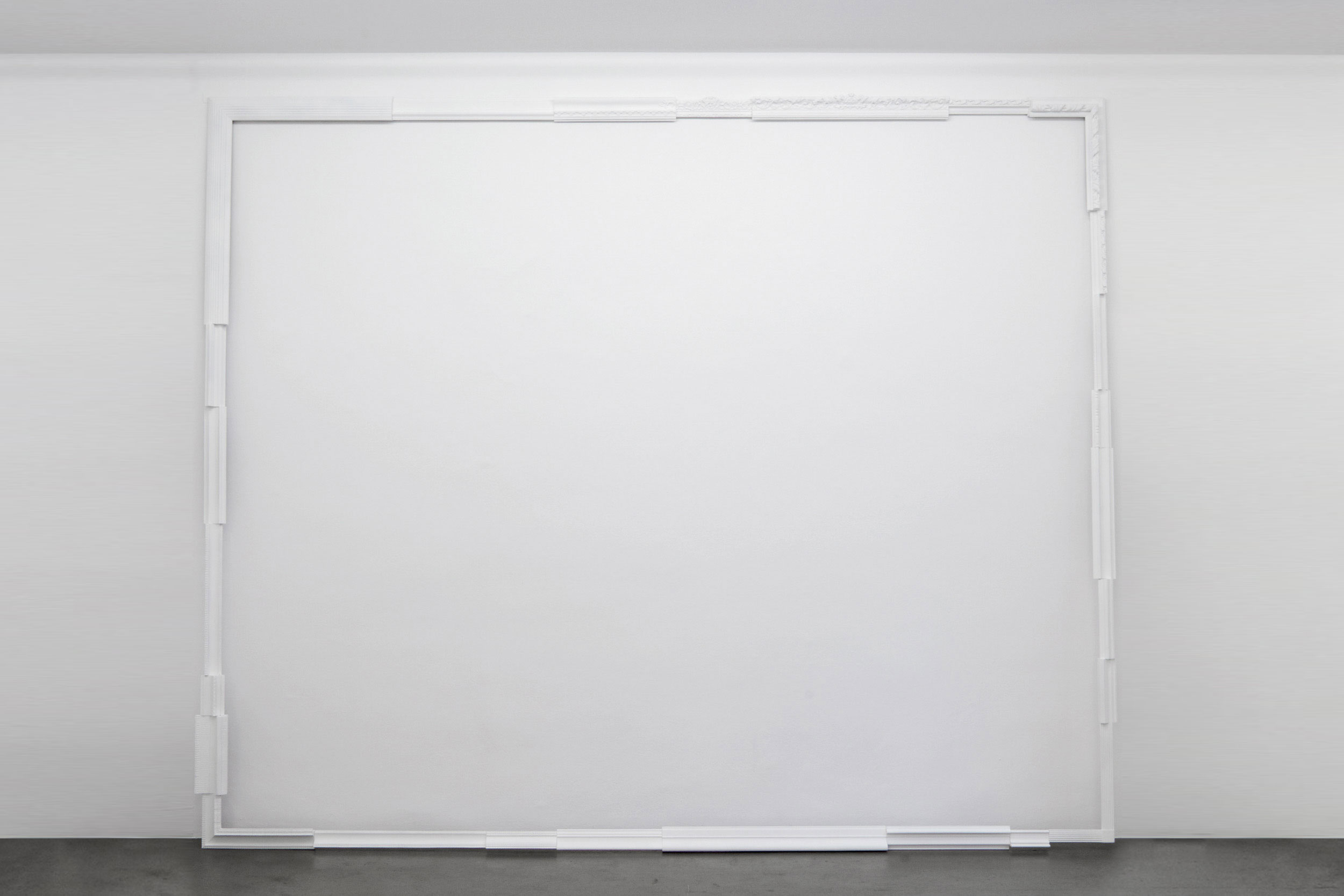
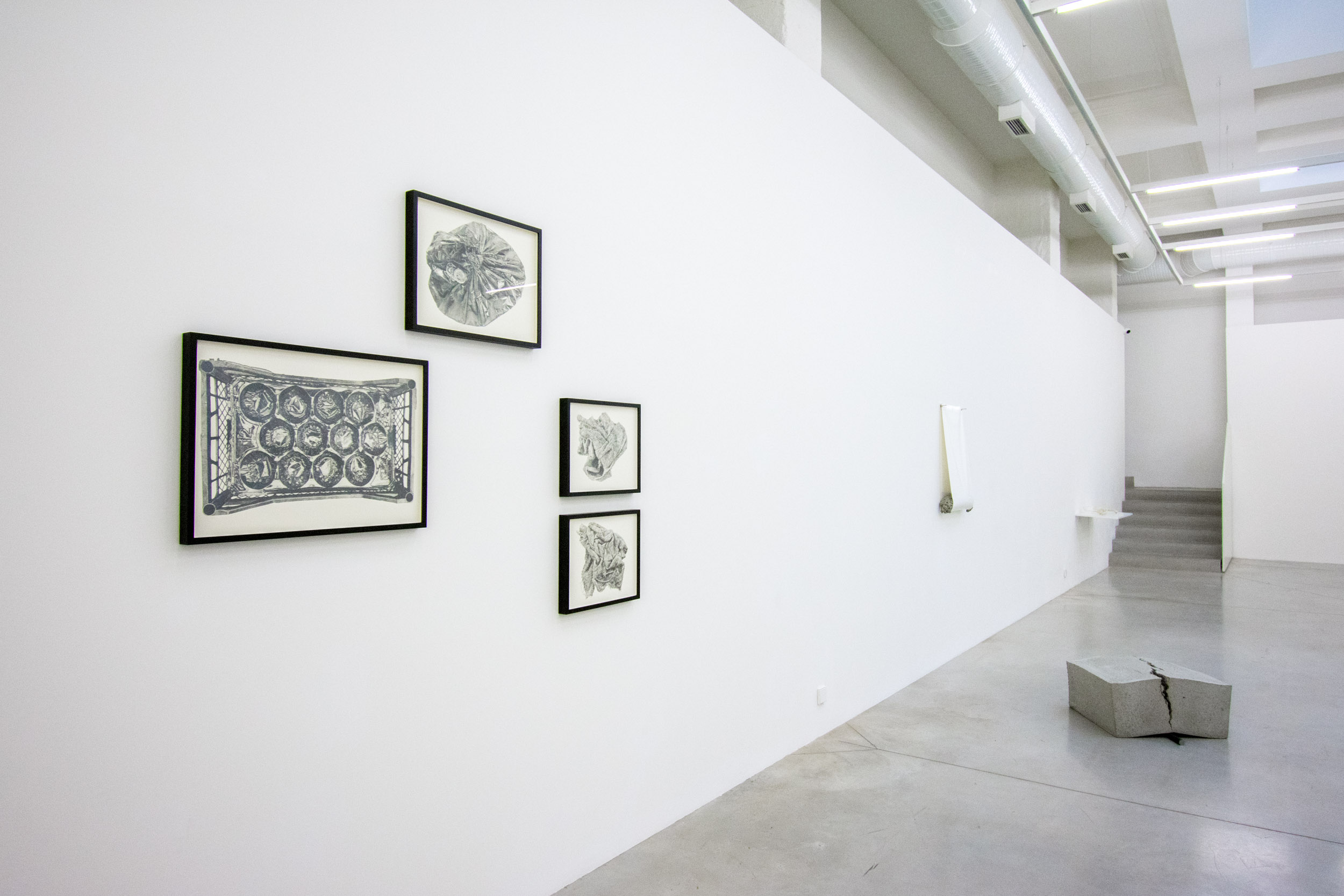
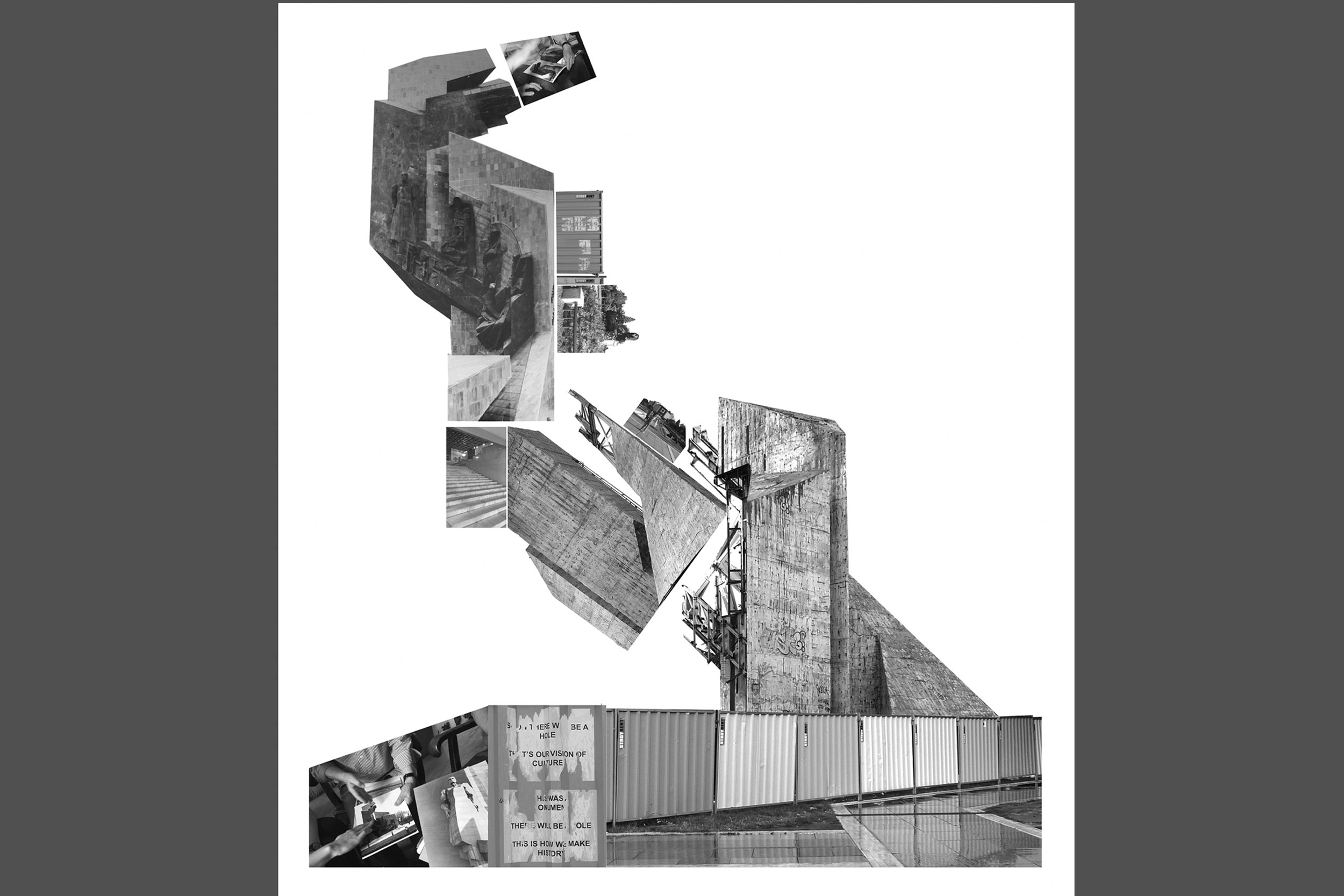
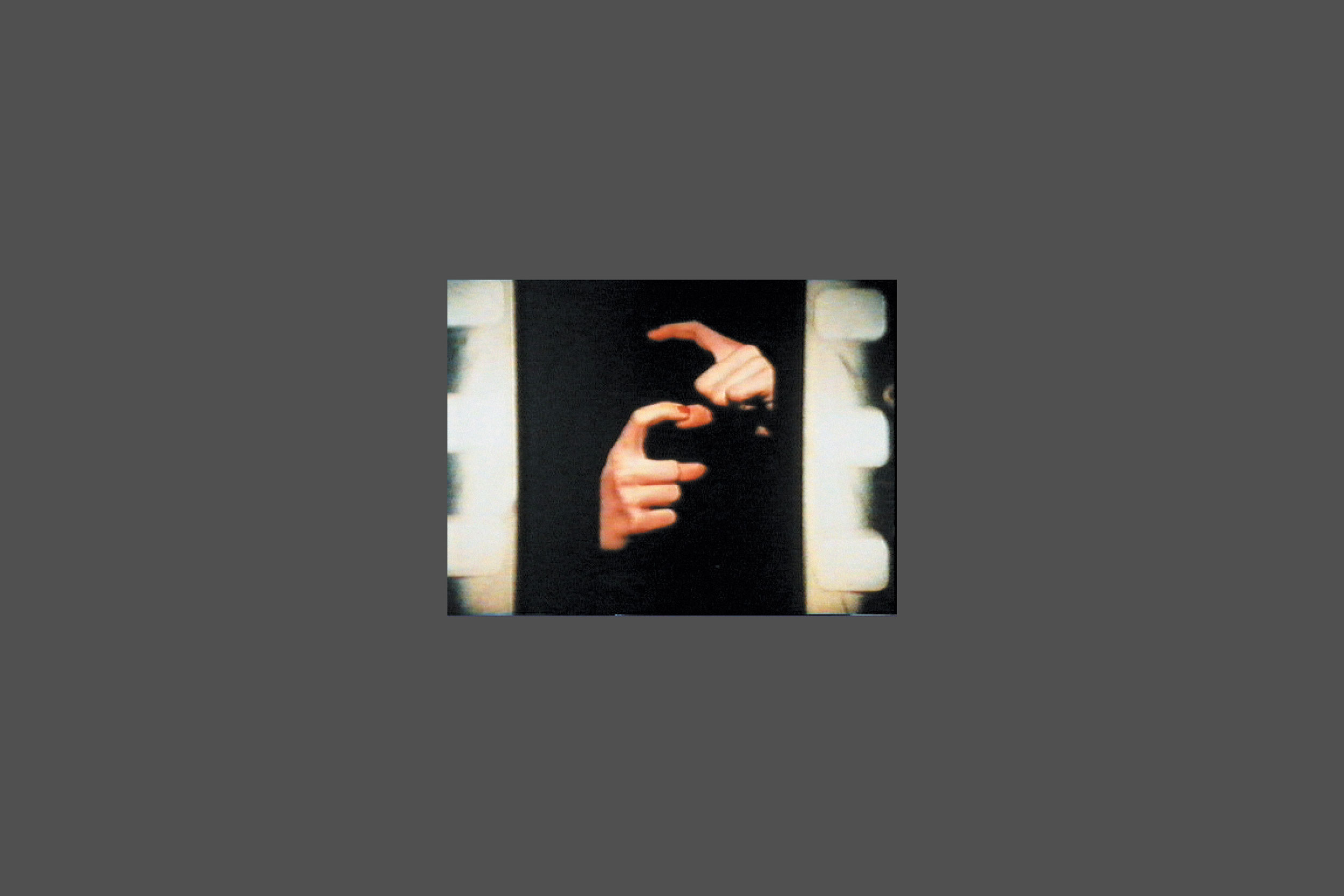
Artists:
Sabine Bitter / Helmut Weber,
VALIE EXPORT, Sonja Gangl,
Maria Hahnenkamp, Christoph Weber,
Franz West, Heimo Zobernig
Artists:
Sabine Bitter / Helmut Weber,
VALIE EXPORT, Sonja Gangl,
Maria Hahnenkamp, Christoph Weber,
Franz West, Heimo Zobernig
The exhibition project “Structures of Thought” deals with artistic representations from Austria, which tackle the concept of structure in both a formalist and conceptual way. The exhibition raises the question of how bodily and architectural confinements intertwine in a way that deals with the conditions of society and the given structures of space.
City planning and architectural interventions that determine social norms form the basis of the works by Sabine Bitter/Helmut Weber. They take urban planning as a starting point to examine how social gatherings are influenced through the overarching parameters of architecture and the surrounding space. The exhibition examines the structures that define our current living conditions and seeks for alternatives in order to testify how individuals and their bodies have to adapt but also argue against the notions of given space and its forms of visuality (EXPORT, Gangl, Hahnenkamp).
Artists such as Christoph Weber, Franz West or Heimo Zobernig are concerned with formal structures that relate to modernist thinking, but at the same time frame our perception of space and the modalities of how the subject can be placed within a certain environment. Their interventions take up art historical modes of the avant-garde and how the 20th century has led to moments of abstraction that redefined space and the perception of various locales of agency. Breaking up space and inserting the individual and their bodies in these spaces will be the starting point of the artistic observations, which stem from a secessionist thinking that places artists at the forefront of re-defining the conditions of social and artistic space.
Sabine Bitter / Helmut Weber took Valentin Starchev’s monument “1300 Years of Bulgaria” as a starting point, reflecting on what happens to the collective social memory of a city when a specific timeframe of history—which is attached to an object or architecture—is eradicated from the urban timeline. On photographic wallpaper, they refer to the fragmented history not only of this monument, but to the history it represented. Not being placed in the central axis of the new National Palace of Culture, which was erected at the same time, but slightly eccentric to the centrality of it, the monument is both in line with the prevailing communist rhetoric of that time regarding the (long) history it addresses as well as deviant regarding its own short history of 36 years of existence. Conceived in 1981, the form and the imagery of this public artwork refer to the big master narrative of Bulgaria under socialist rule.
Sabine Bitter / Helmut Weber took Valentin Starchev’s monument “1300 Years of Bulgaria” as a starting point, reflecting on what happens to the collective social memory of a city when a specific timeframe of history—which is attached to an object or architecture—is eradicated from the urban timeline. On photographic wallpaper, they refer to the fragmented history not only of this monument, but to the history it represented. Not being placed in the central axis of the new National Palace of Culture, which was erected at the same time, but slightly eccentric to the centrality of it, the monument is both in line with the prevailing communist rhetoric of that time regarding the (long) history it addresses as well as deviant regarding its own short history of 36 years of existence. Conceived in 1981, the form and the imagery of this public artwork refer to the big master narrative of Bulgaria under socialist rule.
VALIE EXPORT very early on recycled images and sequences from her own production into new works, an artistic strategy that questions the traditional idea of the image’s authenticity. She investigates the body as a membrane between society and identity, a membrane which is also image and sign and where the female body is inscribed into the structures of society. Syntagma is like a fixed gaze that someone exchanges with himself/herself as if he/she were two people—eyes staring at oneself and the unyielding gaze of the camera, focusing on the intertwining structures of the body and its surrounding architecture.
VALIE EXPORT very early on recycled images and sequences from her own production into new works, an artistic strategy that questions the traditional idea of the image’s authenticity. She investigates the body as a membrane between society and identity, a membrane which is also image and sign and where the female body is inscribed into the structures of society. Syntagma is like a fixed gaze that someone exchanges with himself/herself as if he/she were two people—eyes staring at oneself and the unyielding gaze of the camera, focusing on the intertwining structures of the body and its surrounding architecture.
Sonja Gangl’s drawings take photography as the point of departure. Photographs taken in Austria, Spain, or Italy show stacks of cardboard material from produce markets where she captured the packaging of fruit and vegetables. Departing from these photographs, she then re-evaluates the position of still life in art and the history of art through her drawings. While further back in art history, fruits and vegetables were presented fresh und lush, more recent works focus on their transportation processes and on decay. Gangl goes one step further and depicts the density of the compressed packaging material, which, in its b/w aesthetic, draws on minimalist forms of language.
Sonja Gangl’s drawings take photography as the point of departure. Photographs taken in Austria, Spain, or Italy show stacks of cardboard material from produce markets where she captured the packaging of fruit and vegetables. Departing from these photographs, she then re-evaluates the position of still life in art and the history of art through her drawings. While further back in art history, fruits and vegetables were presented fresh und lush, more recent works focus on their transportation processes and on decay. Gangl goes one step further and depicts the density of the compressed packaging material, which, in its b/w aesthetic, draws on minimalist forms of language.
Maria Hahnenkamp’s work is a clear reference to the psychoanalytical instance of lack: an installation consisting of white-colored fragments of frames in different sizes, widths, lengths, and imitation ornamentations from the 20th century. The viewers’ imagination is stimulated to fill in the void (lack) of the non-existent image that evokes an infinite chain of desire based on the historically different types of ornamentation and the power discourses attributed to them. In this work, projections and wishful thinking are unleashed, reminiscent of Freud’s concept of “Wunsch” (desire), which Lacan followed in his theory of “désir.” Instead of a visible image, the ornamental fragments indicate a desire for a physical-spatial relationship which is characterized by the lack of a real motif.
Christoph Weber’s sculptures are made—either completely or party—of the same material: concrete, with concrete, against concrete, and in spite of concrete. The use of material in his sculptures seems to refute its more utilitarian associations, suggesting both its strength and its unexpected fragility. His installations form a narrative with the physical elements of the gallery space in the way they echo the gallery’s structure, its walls, the floor and even the cracks. Weber’s sculptures always come in several parts, which, through their movements, often have a soft gestalt that gives no clue about their actual material. These sculptures intertwine and form a complex whole, which makes the beholder puzzled when thinking about the conditions of material and space.
Christoph Weber’s sculptures are made—either completely or party—of the same material: concrete, with concrete, against concrete, and in spite of concrete. The use of material in his sculptures seems to refute its more utilitarian associations, suggesting both its strength and its unexpected fragility. His installations form a narrative with the physical elements of the gallery space in the way they echo the gallery’s structure, its walls, the floor and even the cracks. Weber’s sculptures always come in several parts, which, through their movements, often have a soft gestalt that gives no clue about their actual material. These sculptures intertwine and form a complex whole, which makes the beholder puzzled when thinking about the conditions of material and space.
From abstract and interactive sculpture to furniture and collage, Franz West’s oeuvre possesses a character that is at once lighthearted and deeply philosophical. His artworks are made out of ordinary materials such as plaster, papier-mâché, wire, polyester, aluminum, among others. West started to produce paintings, but then turned to collages, sculptures and portable sculptures called "Adaptives" (Passstücke), environments and furniture. He often covered ordinary objects—bottles, machine parts, pieces of furniture and other, unidentifiable things—with gauze and plaster, producing lumpy, grungy, dirty-white objects. Manipulating everyday materials and imagery in order to examine art’s relation to social experience, West worked with the duality of concealment and exposure, action and reaction, both in and outside the gallery.
Since the 1980s, Heimo Zobernig has worked across several disciplines: sculpture, painting, installation, architectural intervention, performance, video, and print design. Zobernig’s practice is grounded in an awareness of his position as an artist in the broader context of culture. His work is framed by the impact modernism has had on the trajectory of art history and a questioning of the institutional mechanisms that support the exhibition of an artwork. In the use of the chessboard pattern for his painting sculptures, Zobernig refers to the rationalistic spirit of the Enlightenment and it’s typical black and white floors. The blanket as textile evokes the three-dimensionality of painterly gestures and subverts the traditional use of paint. His monochrome paintings are composed of layers of paint with different solubility, oil and acrylic, resulting in a pearling effect. Zobernig achieves perfection in his paintings, which are more about surface than about color and often come in white.
1 Total View
2 Franz West
3 Heimo Zobernig
4 Maria Hahnenkamp
5 Sofia Gangl (left)
6 Bitter/Weber
7 VALIE EXPORT